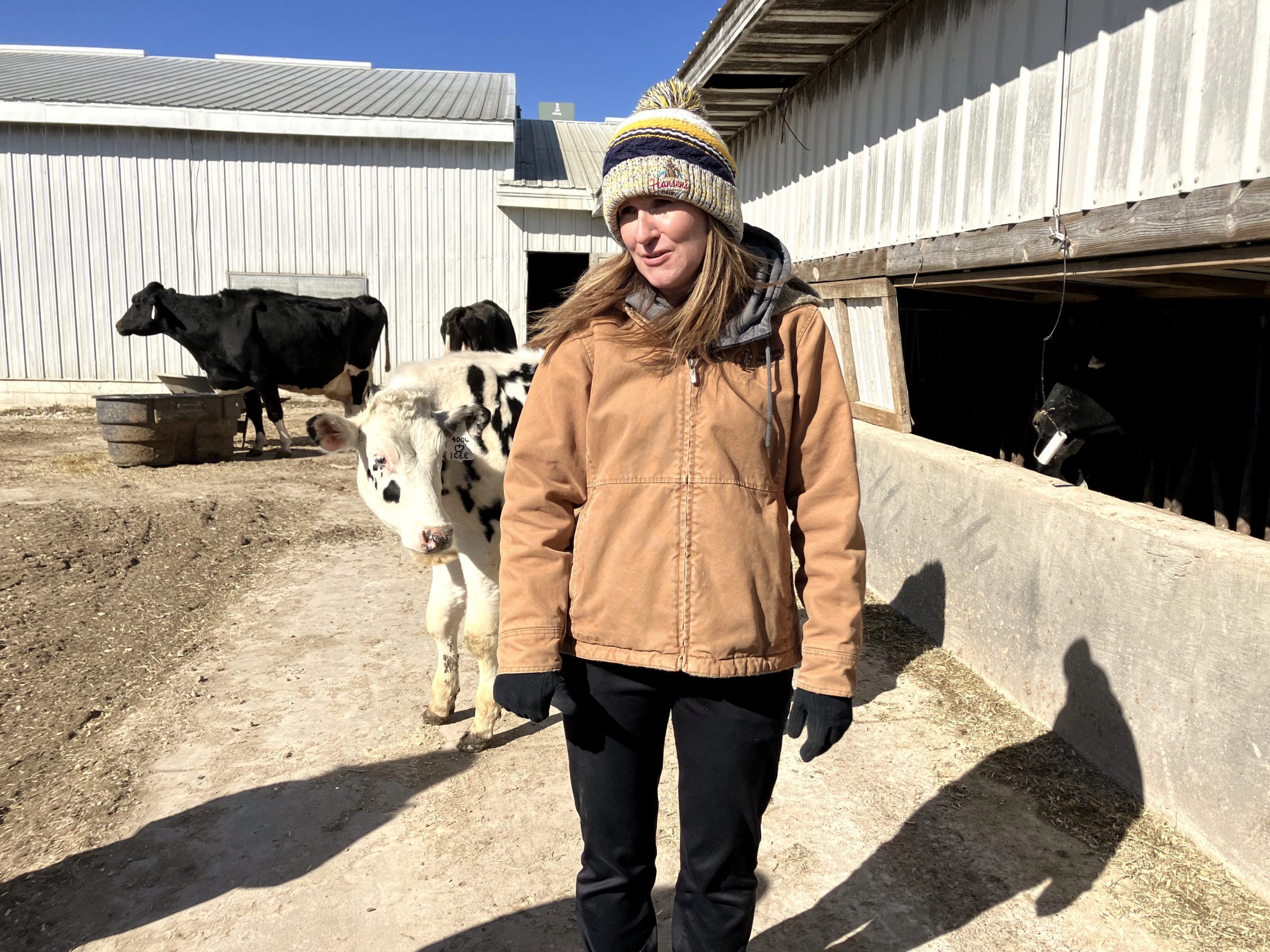Organic food is on the rise in the United States, but why do I still find it difficult to find organic products in neighborhood grocery stores?
Home in Finland, I buy the groceries at a small corner shop in my neighborhood in downtown Helsinki. Most of the basic groceries are available in a conventional brand and in a slightly more expensive organic version. In total, there are 3,000 organic products sold in Finland.
I realize I look at it through a Finnish lens, but I do have to say I find it surprisingly difficult to find organic food in the United States. There are of course options if you have time to visit one of the specialized organic supermarkets or big grocery supermarket chains. But I don’t come across a lot of organic options in the corner shops or smaller neighborhood shops where I go.
In Finland, 14.5% of the farmland was organic in 2021. In the United States, there were five million certified organic acres of farmland in 2016, the most recent statistics I can find. This is less than 1% of the total farmland nationwide. This significant difference could suggest that organics is minuscule in the United States.
But consumer data shows another reality. As many as 39% of adult Americans eat organic food, according to a Pew Research Center report. Also the annual sales of organic products have almost doubled in the past decade, a study from the Organic Trade Association shows. These studies show that many Americans are willing to pay more to be able to eat organic.
During the World Press Institute road trip to farms in Iowa, the farmers we met explained that making the leap to organics is too risky and that organic production costs are too high.
“We have been experimenting with organic farming for about three years, but making it profitable is challenging,” said Jon Childers, representing the Amana Society Farms in Iowa. “I’m aware of the growing demand for organic food. But we desperately need the premiums, which are highly subsidized by taxpayers, for producing organic in order to be profitable.”
So, it seems to me, the real challenge for organic production is convincing enough farmers to get past their organic reluctance and start growing organic.
The current trend is not encouraging, though. The number of farmers converting to organic is dropping. According to the U.S. Department of Agriculture, quoted in an analysis from The Associated Press, the number of conventional farms newly transitioning to organic production decreased by about 70% between 2008 to 2019.
Jordan Hansen at a dairy farm in Hudson, Iowa, is aware that consumers’ interest in organics is growing, but says that the economic equation is difficult to solve.
“I think it’s everyone’s responsibility to use chemicals and pesticides in a responsible way,” Hansen says. “But getting organic certification takes several years and that is just too expensive. That’s why we aren’t, at least at the moment, planning to certify.”
Photo above of Jordan Hansen in Hudson, Iowa. (Photo: Alexander Uggla)




